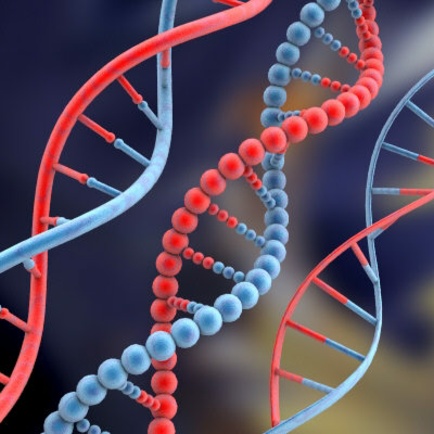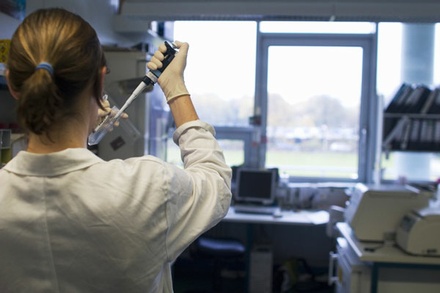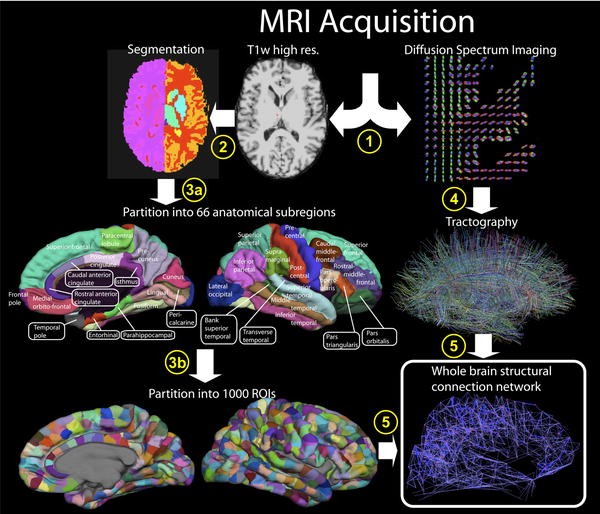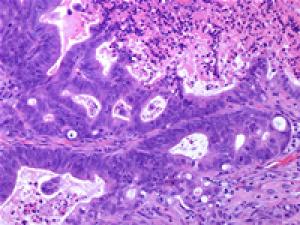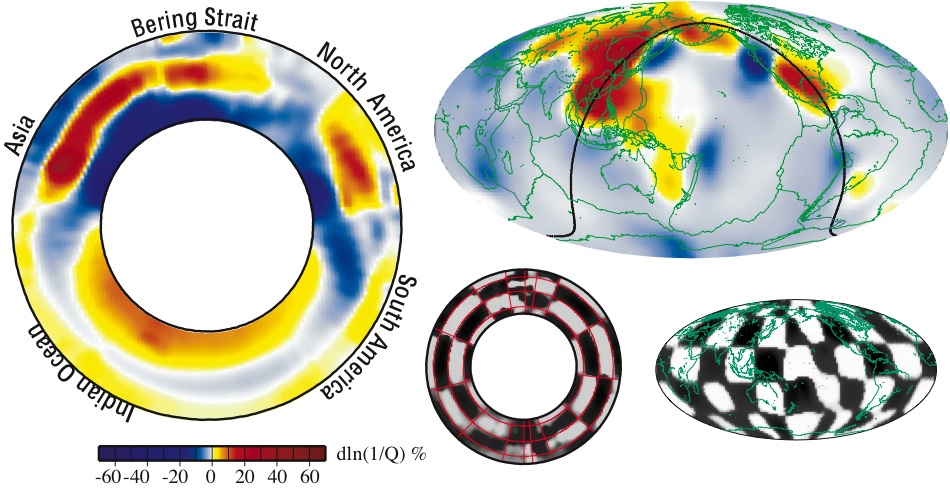Know Science And Want To Write?
Donate or Buy SWAG
Please donate so science experts can write
for the public.
At Science 2.0, scientists are the journalists,
with no political bias or editorial control. We
can't do it alone so please make a difference.
We are a nonprofit science journalism
group operating under Section 501(c)(3)
of the Internal Revenue Code that's
educated over 300 million people.
You can help with a tax-deductible
donation today and 100 percent of your
gift will go toward our programs,
no salaries or offices.
-
 Hank Campbell
Hank Campbell A lot of it is technological rather than teleological. When NASA became a job works program, people got jaded by the cost. The private sector can and will do it, if it can be done with profits....
-
 Zack Y.
Zack Y. I fail to see why colonizing space for either living space or resource extraction would be in any way immoral or undesirable. The West's current intelligentsia may be obsessed with...
-
 shawn pitchford
shawn pitchford Historically, after the Thai government began to impose taxes on opium, people increasingly used kratom as a substitute for opium, resulting in income loss to the government (The Secretariat of the...
FDA Goes After Illegal Kratom 7-OH Supplement Sellers · 9 hours ago
-
 Patrick Lockerby (logicman)
Patrick Lockerby (logicman) I agree that Indian and Pakistani people do tend to overhype their CVs. That said, did you know that the average Pakistani degree holder spoke whatever regional language before attending school and...
-
 Patrick Lockerby (logicman)
Patrick Lockerby (logicman) This is my first comment on Disqus. I had to reboot my brain to figure out why my first 5 attempts to log in and view comments didn't work. Is it age making mock of me? Maybe, but for as long...
